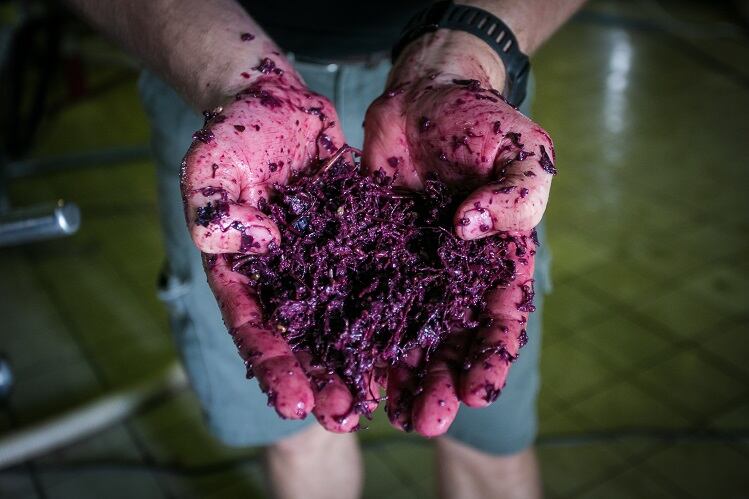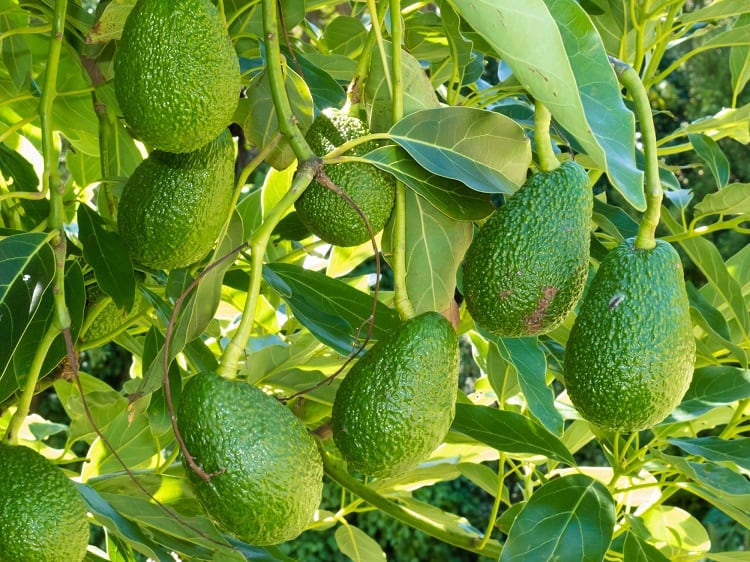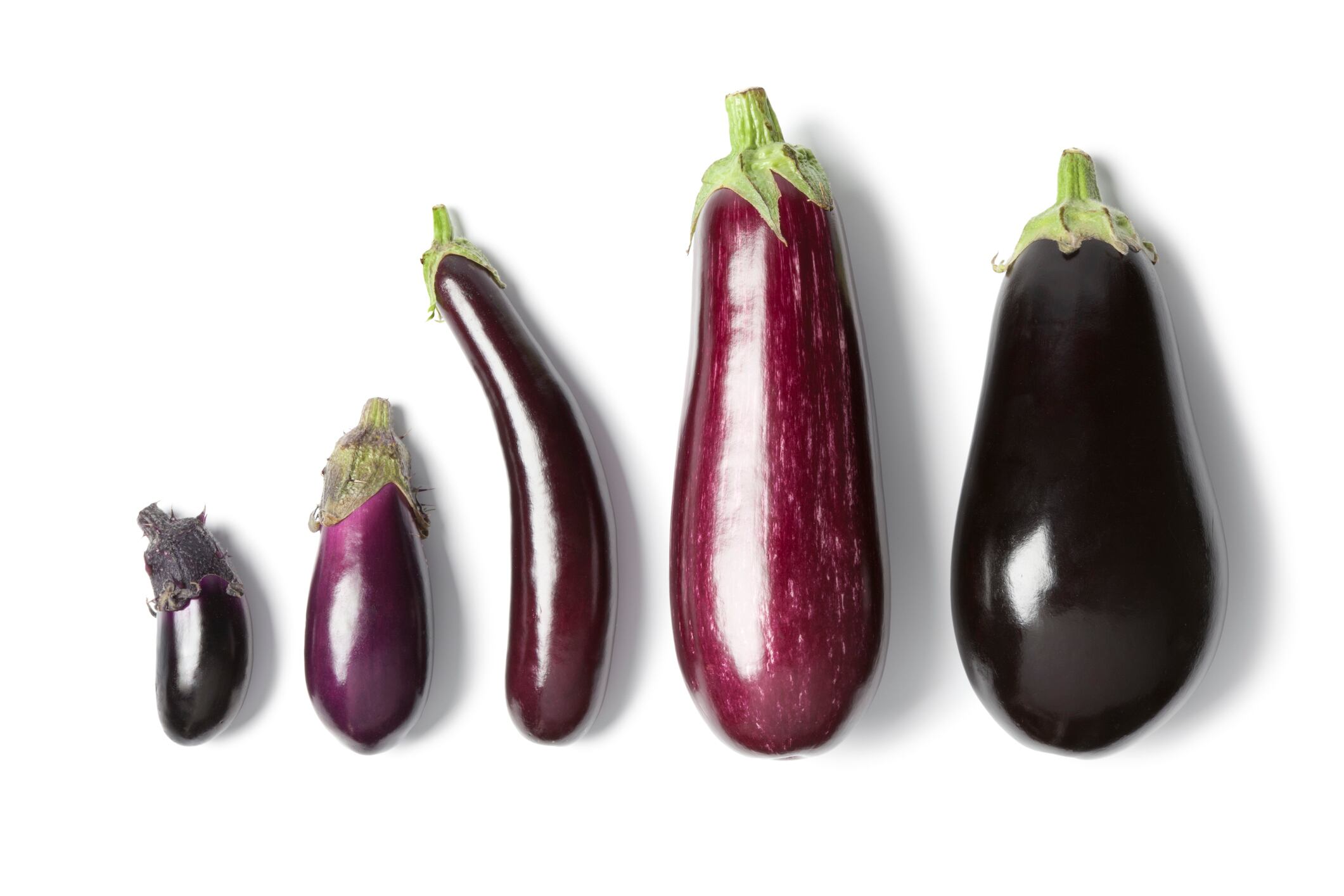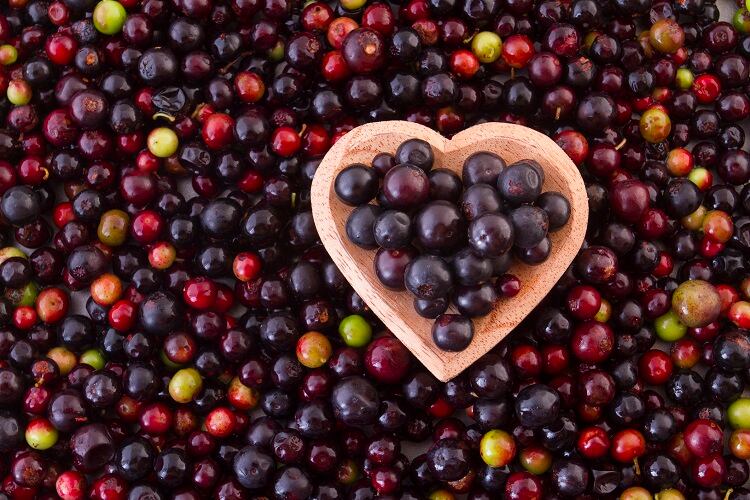They compared two different methods of processing grape pomace. The first method was drying the pomace and milling into a flour, the second was extracting in hot water and then drying.
“This study presents a complete chemical and physical characterization of two ingredients that can be used in the food industry,” the researchers, affiliated with the Federal University of Rio de Janeiro (UFRJ) wrote in the Journal of Functional Foods. Their report is due for publication next month.
In the study, they explained that the extract presented higher mineral and soluble fiber content compared to the dried flour.
The extract also had higher bioaccessibility after digestion of the phenolic compounds, as observed in vitro on a petri dish. These phenolic compounds have been linked to health benefits such as cholesterol-lowering, among many things.
Testing market viability, they mixed the extract (which was more nutritive than the flour) into a yogurt and presented it to a panel. “Yogurt supplemented with the pomace extract had good overall sensory acceptance,” they reported, as 51% of the panelists indicated that they would certainly buy the product.
Using byproducts to fortify functional foods
According to the researchers, there is consumer appeal when it comes to using products that would have otherwise be wasted away.
It is not the first time that researchers have used grape pomace to add fiber to a product. Another lab in Brazil added it to fettuccini pasta in a 2014 study, and Turkish researchers added it to cookies in a 2013 study.
“It is estimated that on the production of each 100 L of white wine, about 30 kg of pomace is generated, mainly constituted of grape skins, residual pulp, stalks, and seeds,” the researchers reported.
But commercialization of grape pomace as a food ingredient still has some way to go.
“Most wineries around the world usually discard the grape pomace or use it for animal feed or compost without any pre-treatment,” they added.
“The development of an ingredient that is based on the utilization of an agricultural by-product, and has the purpose to attend a commercial demand for healthier and more sustainable production is a field that still need to be established.”
Source: Journal of Functional Foods
Published online ahead of print, doi.org/10.1016/j.jff.2019.03.014
“Antioxidant dietary fibre from grape pomace flour or extract: Does it make any difference on the nutritional and functional value?”
Authors: Carolina Beres, et al.




